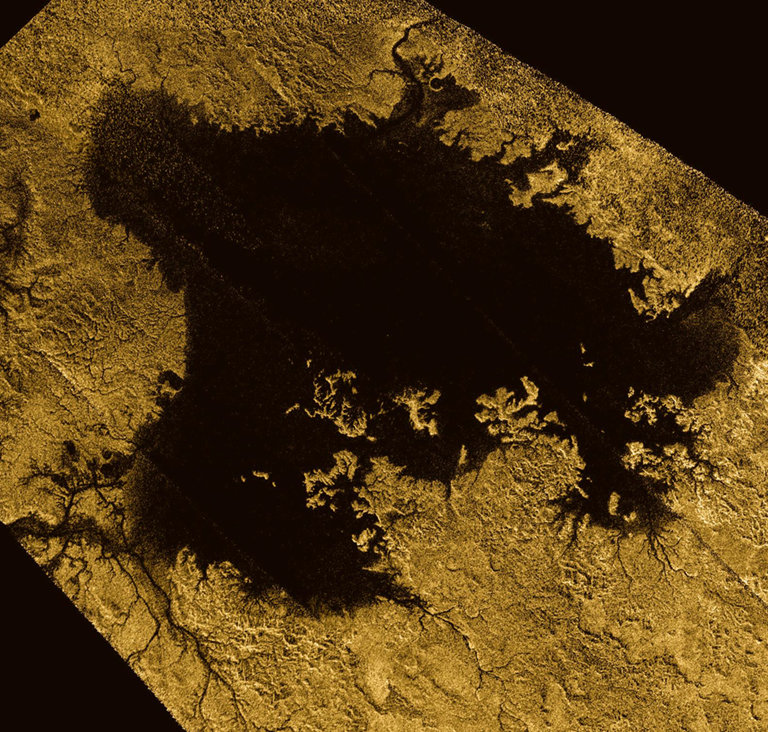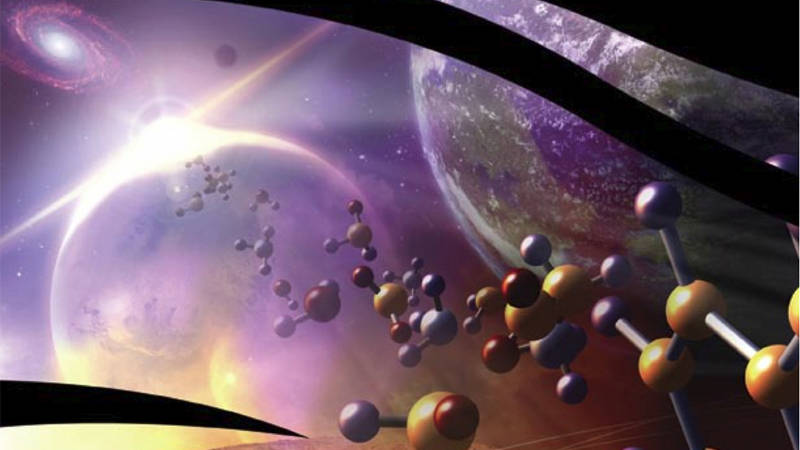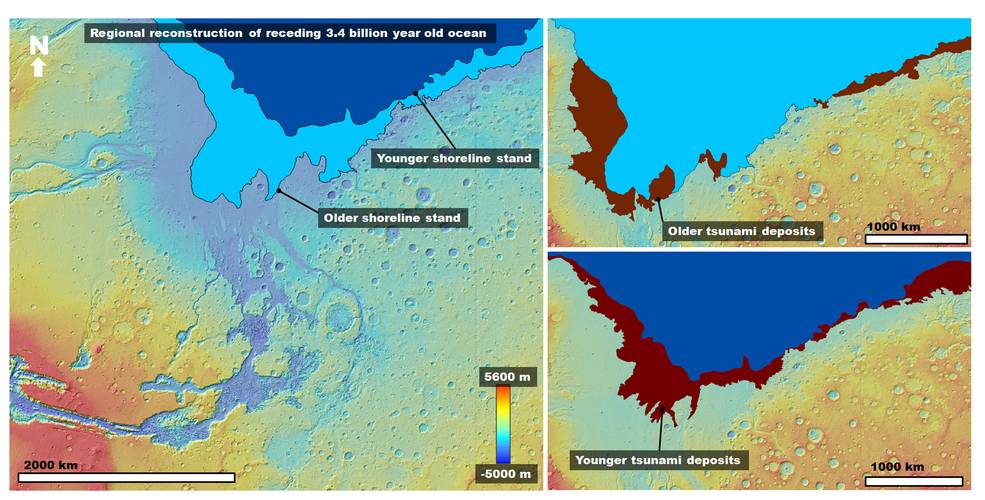NASA is already renowned for animations and breathtaking imagery from its various space missions and satellites.
But if you’re up for a deeper dive into the science behind all that, there is now PubSpace, an online repository providing free access to results from NASA-funded research. Now, it is even easier to explore the Earth, solar system, and the universe beyond — provided that you have the stamina to read through reports written by scientists for other scientists.
NASA created PubSpace in response to the White House Office of Science and Technology Policy’s direction to make NASA-funded research more accessible to the public. Research results will be made available within a year, with some exceptions, including research involving national security, patents, and proprietary restrictions (that “national security” part could eliminate a lot of rocket science).
Broadening the Audience
Before PubSpace, access to these research publications was usually on a pay-to-read basis, making scientists the primary consumers.

By opening the gates with a singular browsable and searchable compendium with no cost deterrents, NASA hopes to expand that audience to include a much broader audience: amateur science enthusiasts and citizen scientists, students, and even casual consumers of information and lifelong learners who might enjoy browsing the headers and digging into a few abstracts that pique their curiosity.

